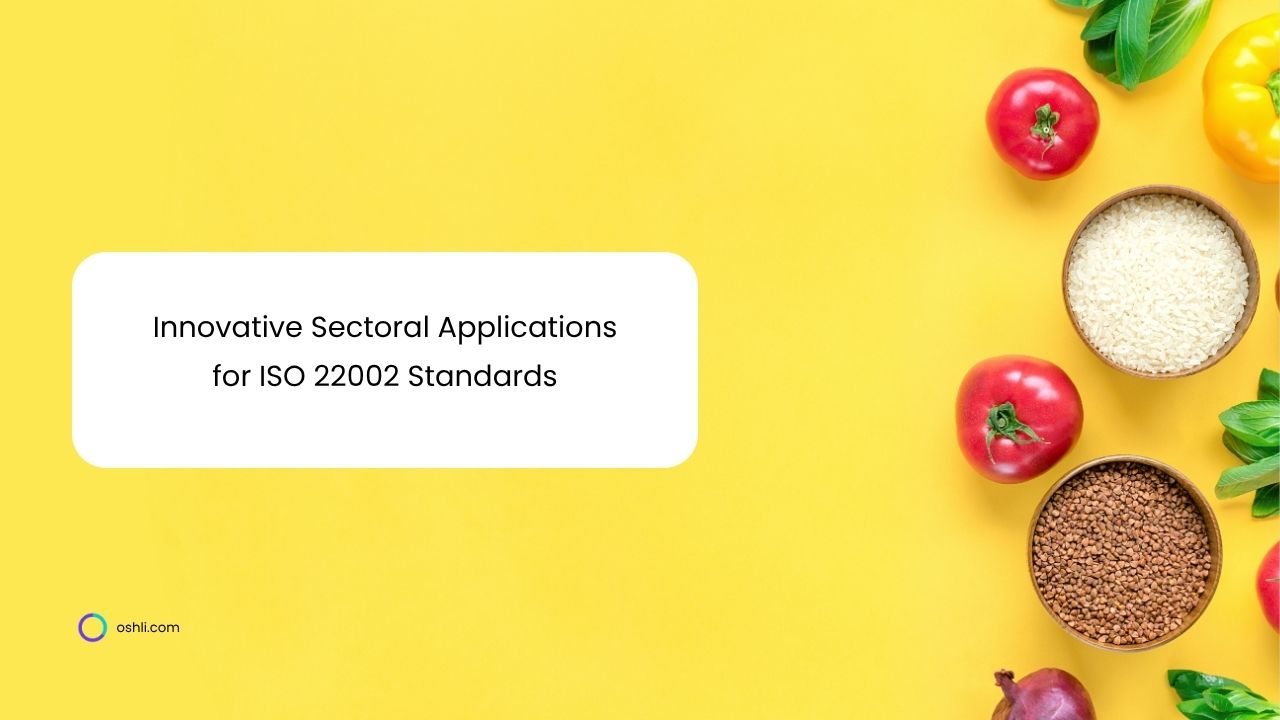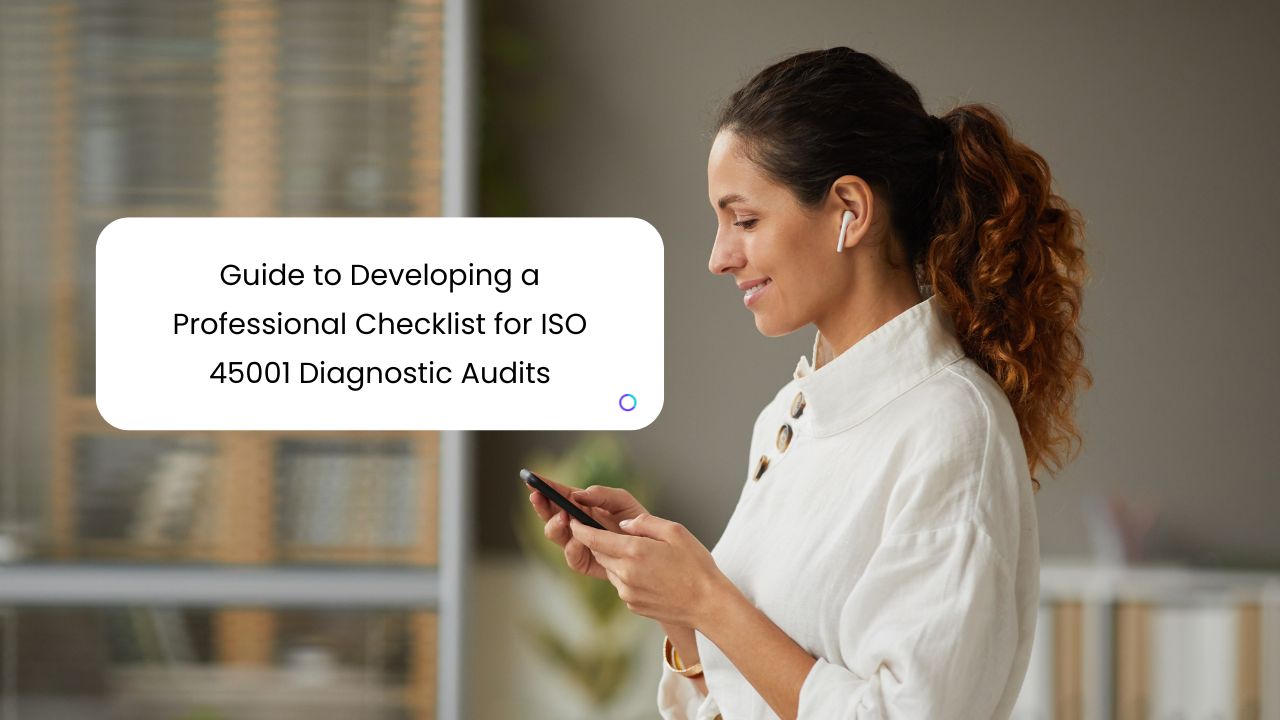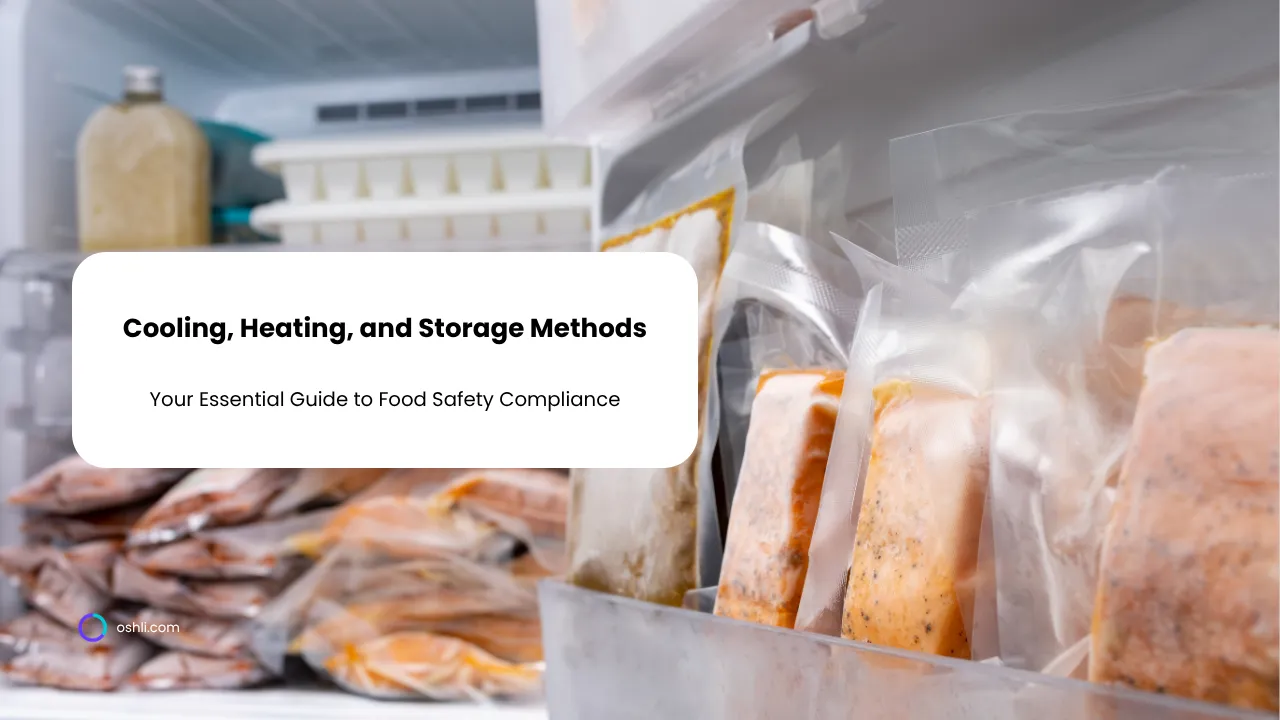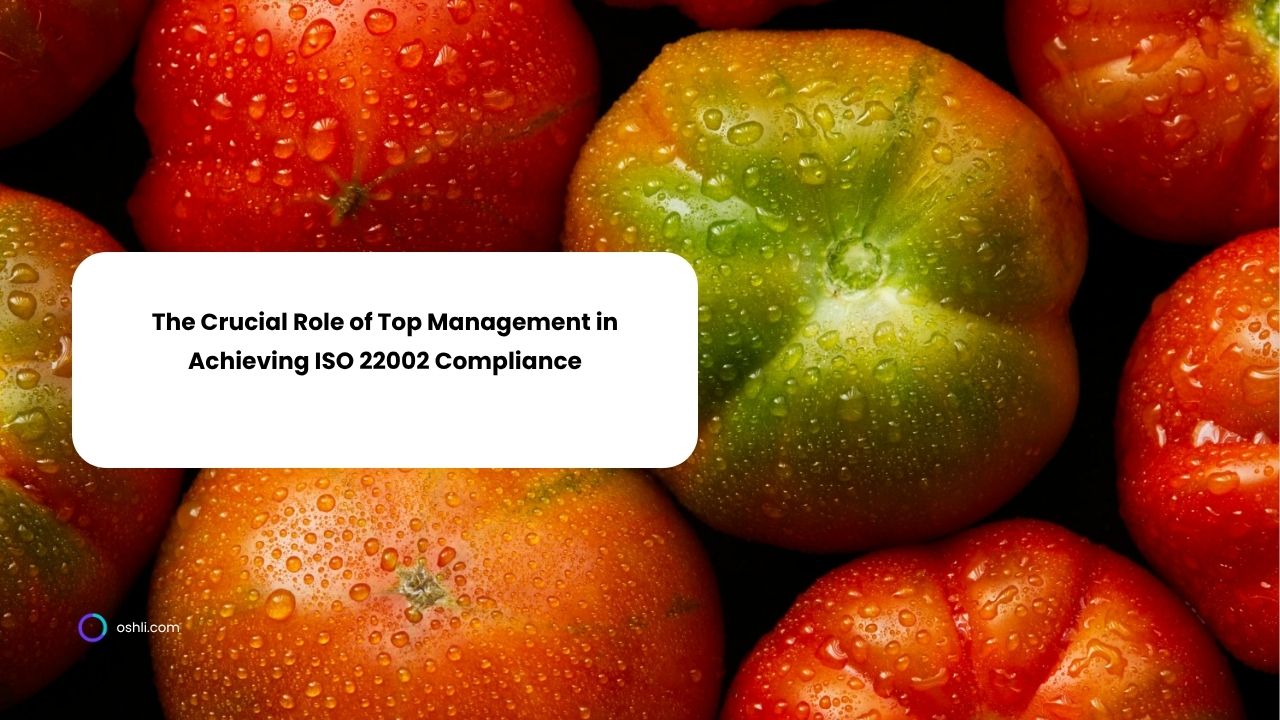
Innovative Sectoral Applications
Yes, I recommend more innovative examples, incorporating emerging technologies like AI, IoT, blockchain, and smart packaging to align with 2025 food safety trends. These go beyond standard practices, focusing on predictive prevention and real-time traceability, based on recent advancements. Here are updated suggestions for each sector:
Food Manufacturing (ISO 22002-1:2025): Integrate AI-powered smart sensors for predictive milk quality monitoring, anticipating contamination risks before they occur.
Example: In a dairy factory, deploy IoT sensors powered by AI in tanks and pipelines to analyze real-time fat content, acidity, and bacterial levels in raw milk, using machine learning algorithms to predict deviations (like Listeria growth) based on historical patterns and automatically alert for pasteurization adjustments. These sensors, combined with drones for aerial storage inspections, log data in a centralized dashboard generating weekly predictive reports, reducing recalls by up to 30% through proactive maintenance and AI-optimized unidirectional flows.
Catering/Food Service (ISO 22002-2:2025): Adopt AI-assisted hygiene monitoring and self-disinfecting surfaces for food handling in sensitive environments.
Example: In a hospital, install AI hand hygiene monitoring systems with cameras at wash stations and prep areas, detecting and logging real-time compliance (like 20-second antibacterial soap washes), sending app alerts to handlers and supervisors for failures, while countertops coated with photocatalytic materials activated by ambient UV-C self-disinfect, eliminating 99.9% of pathogens like Salmonella. Pair with monthly augmented reality (AR) training for allergen scenarios, and quarterly audits integrating AI data for near-zero incident rates, boosting patient trust.
Food Packaging (ISO 22002-4:2025): Use intelligent packaging with embedded sensors for active contaminant monitoring.
Example: In food-contact plastic production, embed smart labels with time-temperature indicators (TTI) and biosensors that change color in response to chemical migration like phthalates or microbial contamination, enabling in-line testing with optical scanners linked to AI for deviations over 10 mg/kg in 40°C food contact simulations. Store packaging in segregated zones with blockchain for full traceability, where QR codes link to immutable lab test records, and conduct weekly AI-predictive audits to forecast batch failures, cutting rejections below 0.5% and extending product shelf life by 20% via silver nanoparticle-releasing antimicrobial films.
Transport and Storage (ISO 22002-5:2025): Employ predictive AI integrated with IoT for cold chain optimization.
Example: In a fresh produce distribution company, equip refrigerated vehicles with IoT sensor networks monitoring temperature, humidity, and ethylene levels every 5 minutes, feeding an AI model that predicts fluctuations (like 4°C spikes from traffic) and suggests alternative GPS routes, with real-time alerts for emergency refrigeration stops. In warehouses, use autonomous robotics for predictive FEFO stock rotation, with blockchain for immutable temperature logs, reducing deterioration losses by 25% and ensuring compliance via dashboards simulating risk scenarios from historical data.
Animal Feed (ISO 22002-6:2025): Implement AI and gene-editing technologies for integrated pest prevention.
Example: In grain milling for animal feed, deploy smart traps with AI cameras and pheromones that detect and classify pests (like flour beetles) in real-time via computer vision, triggering localized responses such as biopesticide release or precision removal robots without chemicals, while integrating CRISPR editing in production lines for mycotoxin-resistant grains (levels below 4 ppb for aflatoxins). Monitor weekly with multispectral-sensor drones mapping silo infestations, and conduct quarterly AI-enhanced lab analyses to predict outbreaks, slashing pest incidences by 95% and enhancing nutritional safety without environmental impact.
Retail and Wholesale (ISO 22002-7:2025): Integrate AI and blockchain for predictive stock management and point-of-sale traceability.
Example: In a large supermarket, use computer vision AI on shelf cameras to monitor real-time stock turnover, display temperatures (below 5°C), and packaging integrity, predicting contamination or expiry risks via algorithms alerting teams for actions like automatic discounts or targeted recalls. Implement blockchain for RFID tags on products, enabling full origin traceability (with immutable safety test records), and perform monthly AI-simulated audits to optimize antimicrobial cleaning, cutting quality complaints by 40% and providing transparency via customer scanning apps.
Join our newsletter!
Enter your email to receive our latest news.
Don't worry, we don't spam
Related Articles

Guide to Developing a Professional Checklist for ISO 45001 Diagnostic Audits
The ISO 45001 standard establishes a framework for Occupational Health and Safety Management Systems (OHSMS), aiming to enhance employee safety, reduce workplace risks, and create safer working conditions. A diagnostic audit aligned with ISO 45001 is a proactive approach that allows organizations to assess current compliance, identify weaknesses, and prioritize improvements. Central to this process is a professionally structured checklist that ensures consistency, accuracy, and depth in audit execution.

Cooling, Heating, and Storage Methods: Your Essential Guide
Discover how to create a cooling, heating, and storage methods template to ensure food safety, meet compliance, and optimize temperature control with free templates.

The Crucial Role of Top Management in Achieving ISO 22002 Compliance
Explore how top management's leadership drives ISO 22002 compliance, ensuring robust food safety management through commitment, policy, and oversight.


